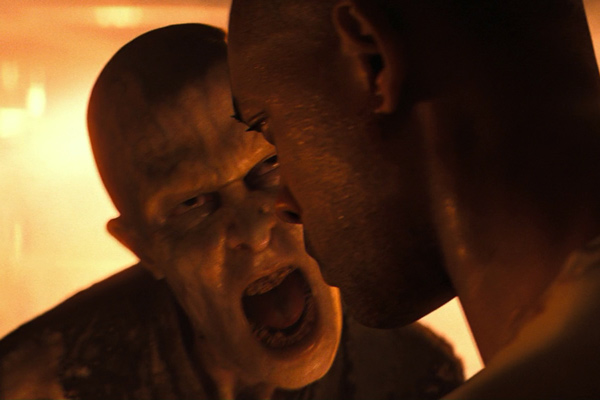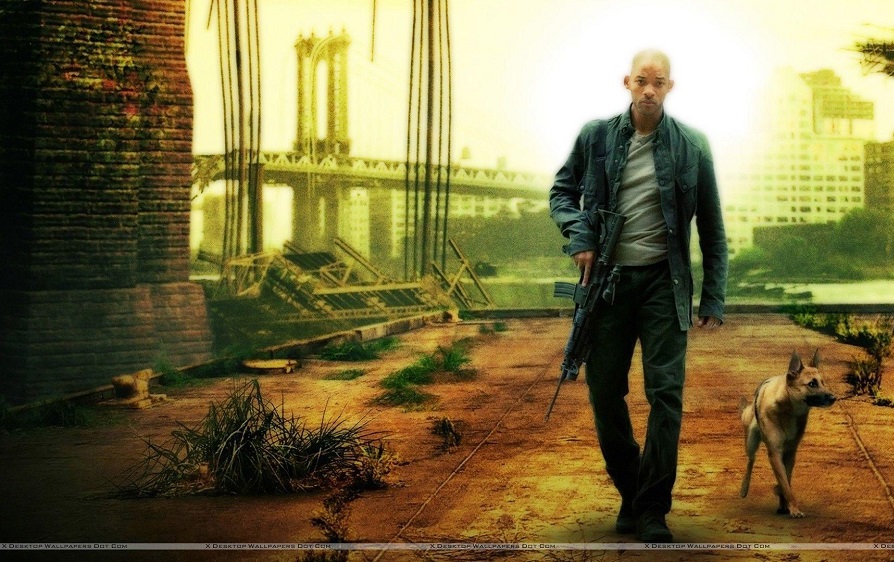

The quality of Smith's and Sandy's acting was made redundant in my opinion there are so many holes in the plot it beggars belief. (Some purists argue that the “infected” in 28 Days aren’t technically zombies, but the mindless biting and bleeding out the mouth get them well over the bar.Worst movie I've seen this year. When a sputtering, rage-filled priest chases Jim (Cillian Murphy) from a church, or when the survivors outrun a chasing cadre of pallid-looking sickies in a dark tunnel, the rapid-fire action feels authentic, not cheesy or far-fetched. But, as Danny Boyle’s 28 Days Later proved, an independent film shot on digital video no longer needs the slow zombie crutch. The creeping zombie column is an effective horror device both because it’s a great visual and a good way to wring scares out of a low budget. Zombies have no individual identity, but rather get their power from membership in a group: It’s easy to kill one, but 1,000 indomitable flesh eaters may just overwhelm you. In horror, zombies behave more like a creeping plague or a disease than singularly terrifying monsters like Dracula or the Wolfman. The oft-repeated image of a slow, walking line of zombies is the best representation of the zombie’s place in the scary-movie food chain. Jacques Tourneur’s I Walked With a Zombie (1943) centers on a woman who’s either the victim of island voodoo brainwashing or just really, really frigid and unresponsive. Bela Lugosi’s evil sorcerer “Murder” Legendre hypnotizes Haitian sugar harvesters in White Zombie (1932) so that they grind cane into the wee hours without complaint. In Hollywood’s not-so-culturally-sensitive early zombie flicks, magically induced catatonia was featured more prominently than reanimation. The word itself can be traced to Creole and West African Bantu and the legend that a voodoo priest could hypnotize a corpse to obey his commands. Why, all of a sudden, are the walking dead in such a rush?įor years, the fast zombie was by definition an oxymoron.

Along with the Dawn remake, this new breed of souped-up zombie has appeared in recent movies like 28 Days Later (2002), Resident Evil (2002), and House of the Dead (2003). It wasn’t long ago that the cinematic undead obeyed the first law of corpse locomotion: A zombie might bleed on you, bite you, or rip out your ribcage, but wouldn’t beat you in the 40-yard dash.


 0 kommentar(er)
0 kommentar(er)
